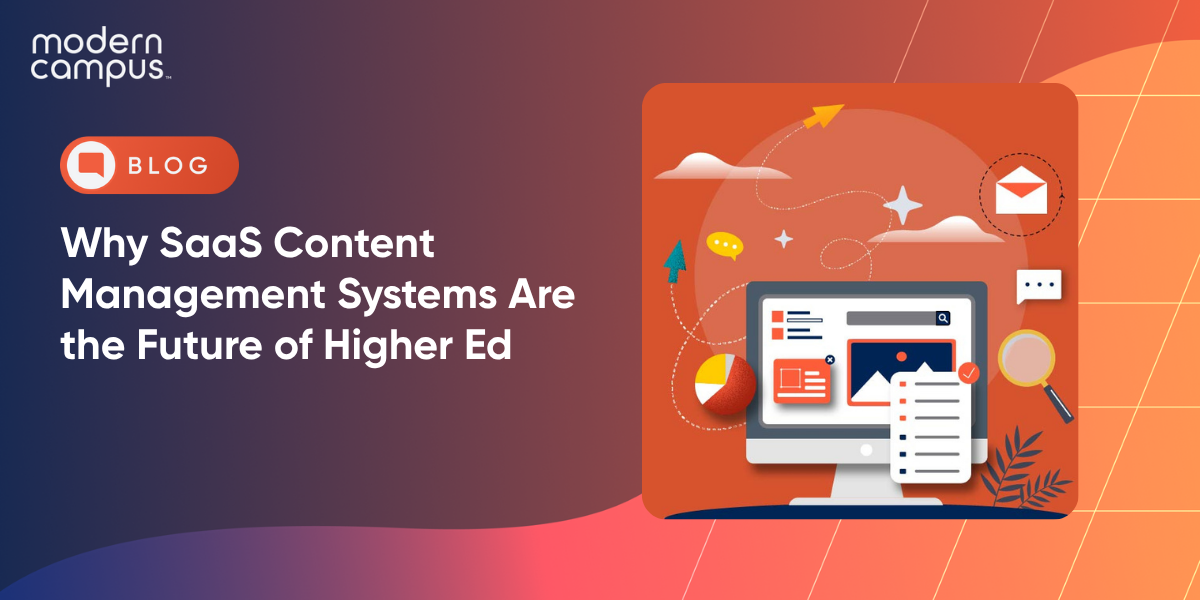Developing a Broader Community: How Continuing Education Can Serve Local Residents & Businesses
Community colleges and continuing education divisions are integral to developing a community—and the people who live in it. Fast track training and entry level workforce training that can be finished in a semester or less are driving development to new levels.
In this week’s episode of the Illumination podcast, Connor O’Sullivan, Executive Director of Continuing Education at Lone Star College, chats with host Amrit Ahluwalia about the role continuing ed plays in a community engagement mission, and how institutions can better create visibility around their communal impacts.
Continuing ed’s foundation is in community development; by offering high school equivalency programs, English as a second language programs and courses aimed at all ages (from youth to seniors), everyone can benefit.
“We’re in a lot of areas with a lot of different people,” O’Sullivan says. “Continuing ed pairs very well with non-profits and community-based organization that are doing work in education development, adult basic education and work development.”
Higher ed institutions and local businesses can mutually benefit from one another’s services. Students do not need to enroll in a two- or four-year program to get the skills they need; they can get those critical skills in mere weeks or months.
Of course, the focus on continuing ed extends beyond GEDs and ESL programs. Continuing and professional ed increase students’ career prospects.
“We can have students coming for a GED class in the morning and doing a plumbing lab at night,” O’Sullivan says. “There are a lot of creative things we can do to meet the needs of the students in the timeframes they require.”
Measuring how these programs are impacting community development is crucal for data-informed program design decisions. By monitoring enrollment patterns, Lone Star is able to identity which programs have the greatest community impact.
A student may be counted as enrolled six times at some institutions if they’re enrolled in six separate classes. But O’Connor and Lone Star view this as a single enrollment, and prefer to examine the number of hours a student spends in the classroom—in person or virtually—instead.
That number of hours impacts the education quality a student will get far more than the sheer number of classes a student signs up for.
“I want to get as many students into more quality programs as possible, I want to be impacting more students,” O’Sullivan says. “We have a project with a local school district where we train parents in ESL and GED programs. There are nearly 300 people taking those courses right now.”
Lone Star College partners with other institutions to widen its reach. Programming extends from Lone Star in Houston to El Paso, nearly 750 miles away.
“There’s a wonderful class in El Paso in SAP training,” O’Sullivan says. “This is training that can eventually lead to a salary of about $80,000 a year, at least.”
Lone Star’s focus is always on student development. And that starts with marketing and communication, making prospective learners aware of the institution’s offerings and accessibility. It’s a process O’Sullivan says is easier said than done.
“We do a really good job as a college marketing that Lone Star is doing good things and getting out there, saying ‘this is what your value is bringing’” O’Sullivan says. “We also find these creative ways to do good things for people.”
Lone Star is exploring potential partnerships with local school districts. It’s a win-win, as residents will get access to programs, and Lone Star will get to showcase their programs to the people who fund them: the taxpayers.
O’Sullivan says this is something that more continuing ed programs should be doing, instead of just focusing on the numbers. Take the time to make that connection with the community, since they will be the ones who benefit most from the work of continuing education.
Listen to This Episode
Listen on Apple Podcasts Listen on SpotifyRSS Feed
Last updated: April 8, 2022


